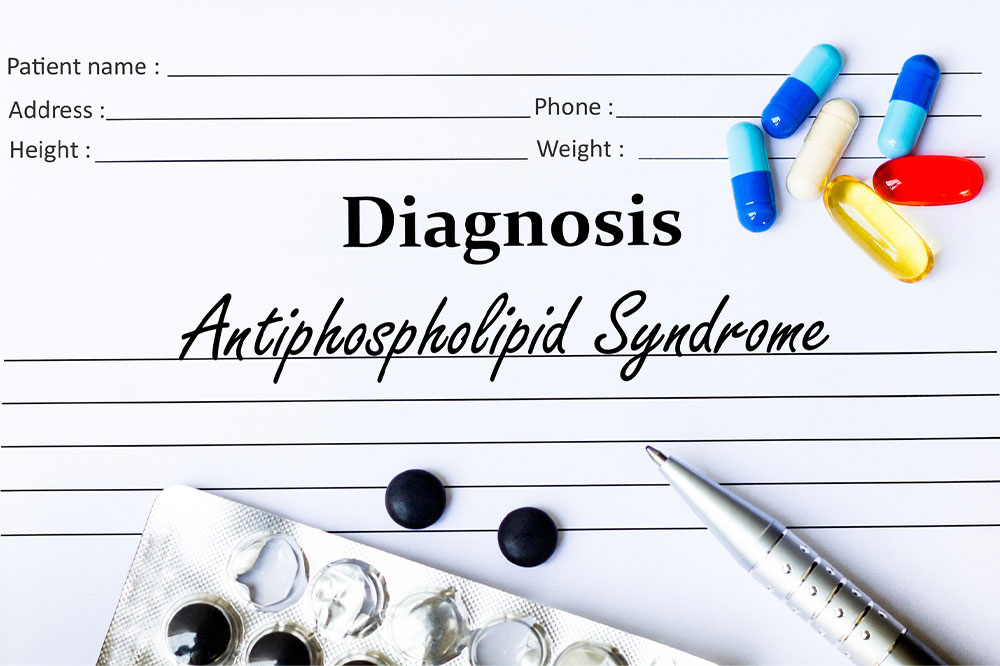
Antiphospholipid syndrome – Symptoms, diagnosis, and lifestyle changes
Antiphospholipid syndrome (APS), also called Hughes syndrome, is an autoimmune condition. The disorder occurs when the immune system makes antibodies that attack the cells in the body, contributing to the development of blood clots in the arteries and veins. The blood clots can cause a heart attack, stroke, and even miscarriages in women. All the details of this autoimmune disorder are listed here, including its causes, symptoms, and available treatment methods.
Symptoms
The symptoms and their intensity may differ among people with APS.
- Blood clots
The most common symptom of antiphospholipid syndrome is the presence of blood clots. These are more likely to form in vessels that carry blood to the heart. Affected people are also likely to develop deep vein thrombosis (DVT). This condition develops in the veins of the leg and can cause pain or swelling. - Low blood platelet levels
Platelets play an essential part in the blood clotting process. People with APS usually have low blood platelet levels, which can cause episodes of bleeding from the nose or gums. - Pregnancy complications
Women with antiphospholipid syndrome have difficulty getting pregnant. They may also experience repeated miscarriages due to the development of blood clots in the placenta. Other complications include preeclampsia (sudden spike in blood pressure) and premature delivery. - Stroke
A stroke occurs when a clot restricts the blood flow to the brain. - Vision and speech problems
Blood clots in the brain can cause problems in speech and vision.
Diagnosis
Blood tests are essential for diagnosing APS. These include:
- The anticardiolipin test
- The lupus anticoagulant test
- The anti-beta-2-glycoprotein 1 test
Each of the above tests looks for abnormal antiphospholipid antibodies in the blood in different ways. The examinations are carried out twice because the levels of the immunoglobulins change in the blood. A confirmed diagnosis is only made after two consecutive examination results are positive. Again, getting a positive in one or all tests does not confirm APS.
Treatment and lifestyle changes
The antiphospholipid syndrome has no cure, but some treatments can reduce the risk of blood clots and prevent the existing clots from getting larger. Blood thinners are used in people with APS to prevent the formation of a clot. Certain lifestyle changes can also help prevent it, such as:
- Maintaining a healthy BMI
Following a regular workout routine and maintaining a healthy BMI can go a long way in managing APS. - Eating healthy foods
Blood clots are less likely to form when you include foods rich in fruits and vegetables and low in saturated fats and sugar. - Manage health conditions
To reduce the chances of blood clots, you must manage certain conditions such as high blood pressure, diabetes, and high cholesterol. - Avoid long periods of inactivity
People with APS should also avoid long periods of inactivity to prevent the formation of clots in the legs. - Avoid hormone replacement therapy
Hormone replacement therapy used for relieving menopause symptoms should be avoided by women with APS as it can raise the risk of developing blood clots.
Conclusion
With treatment, most people with antiphospholipid syndrome can live a healthy life. However, if left unattended, the condition can cause repeated clotting events, which can be life-threatening.




